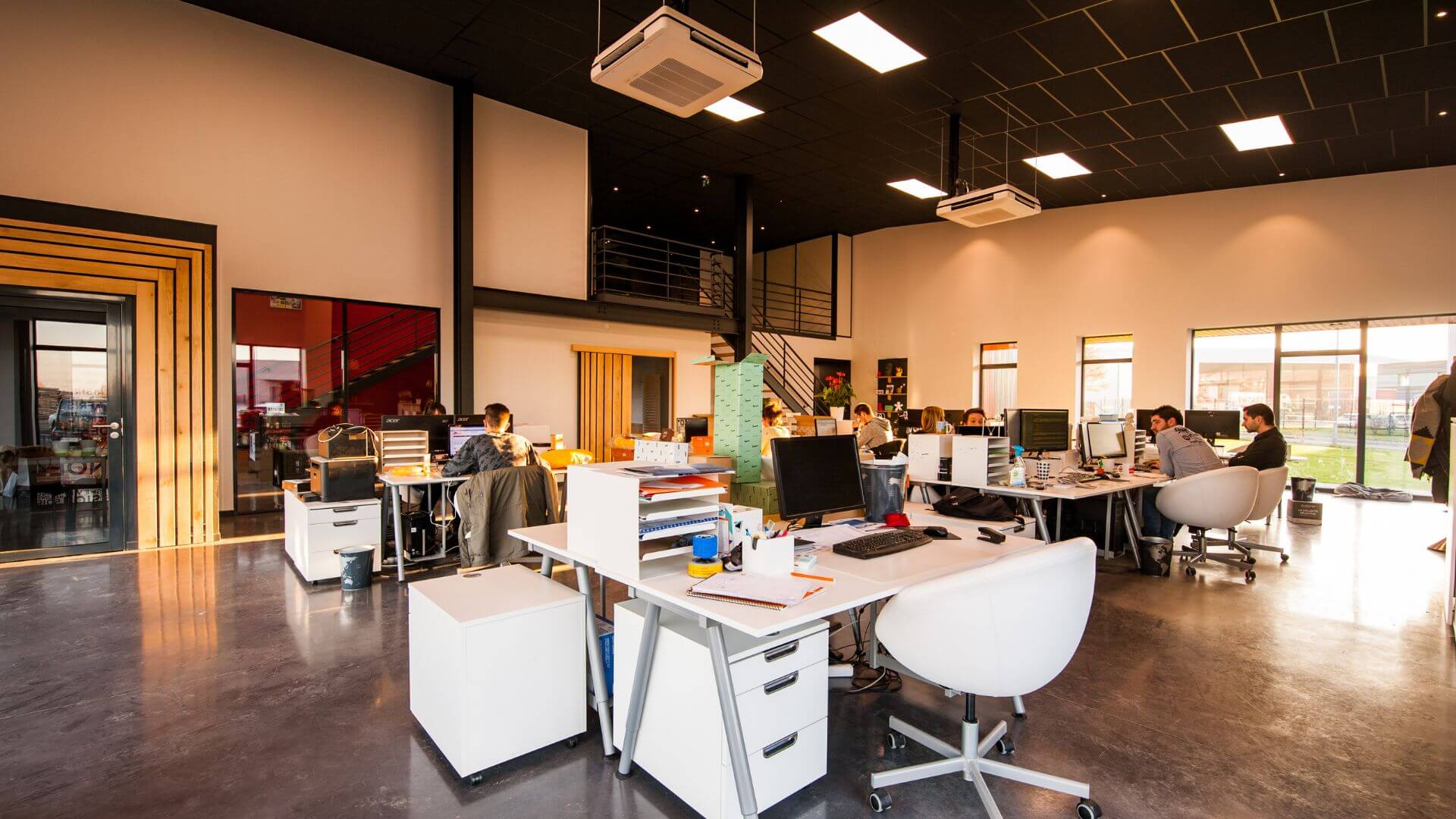In the meantime, many employees are at least partially back in the office. Companies now have a duty of care.
At the beginning of the Corona crisis, everything happened very quickly: Employers who could send their employees home. Home office – previously only common in exceptional cases in many places – has become everyday life for millions.
How do you go back to the office?
It quickly became clear that anyone who can do their job in their living room at home is – probably not only – one of the privileged in times of pandemics. Sales women, parcel deliverers, doctors and police officers: none of them could work from home at any time, but had to keep going out. But by staying at home, the others could at least do their part to push the total number of infections down.
As astonishingly fast as the retreat to the home office at the beginning of the crisis worked, the return is now so complicated and different. In view of the relaxation in many areas of life, the question now increasingly arises: When do you actually go back to the office? And above all, how?
The tech giants Apple and Google rushed ahead and announced that they would be able to work from home by the end of the year, Twitter even “forever”. In many German companies, on the other hand, bosses and corona task forces are currently working on return plans, measuring table distances, and dividing their employees into shifts and groups. Others see the pandemic as largely over and have already ordered a presence on-site again.
When is a presence required?
While significantly more than a quarter of the employees worked from home at the beginning of April, this value was already well below at the beginning of May, as the Mannheim Corona study shows, for which researchers from the university there regularly surveyed a number of citizens in a long-term study. In mid-May there were just under 9 percent who stated that they worked entirely from home, a good 20 percent were at least partially back at work.
The wide gap in dealing with the return can be due to the fact that a marketing person can perhaps move his work almost 1: 1 home, while the technical draftsman can work much less efficiently without large screens and powerful computers. But not all differences are so rationally based.
“The corporate culture plays a major role,” says Thomas Clauß, who researches family businesses at the University of Witten-Herdecke. “There is the stereotype of the old patriarch who wants to keep an eye on the employees and says:“ I don’t think much of home office ”. There are many examples of this type.
However, Corona presents employers with new challenges. When they determine who works where and when, it is not just economic interests that count. For example, the Verdi union reminds of the contractual duty of protection and care that a company has for its employees. In the event of a pandemic, this responsibility extends to a much larger group: those who order more contacts increase the risk of infections. Those who increase the risk of infection contribute when the number of cases increases.
Since the state of emergency corona – albeit attenuated – continues for the time being, there are also personal challenges from employees: While a colleague may belong to the risk group due to a previous illness, others cannot bring their children back to daycare for the time being.
Is Corona changing the corporate culture?
“People have weaned themselves from what they have come to terms with. This is a moment in which you can gamble away trust, ”explains Hannah Schade from the Leibniz Institute for Labor Research at TU Dortmund. “When people get used to freedoms, resistance will arise when they are taken away from them.”
So it is important to discuss the advantages and disadvantages of working from home in a constructive manner: Is it better to make phone calls in peace and quiet at home? And Excel lists are better in the office, interrupted by short conversations with colleagues? You have to reckon with rejection “when executives try to simply continue rigid rules without there being any need to do so,” explains Schade.
At Deutsche Telekom, for example, it was found that the productivity of the service department in the home office increased by eight percent. The health rate also improved significantly in April compared to previous years, despite the pandemic. However, Telekom boss Tim Höttges does not want to switch entirely to the home office – but question where it could make sense and where it would not. “I deeply believe that it is good to have hybrid structures,” said Höttges in a conference call.
Occupational psychologist Schade considers a return that happens in exchange with employees and takes their needs into account as the best choice: “On the one hand, because of Corona, it is good if not everyone is back in the office full-time at the same time. And for any psychological adjustment, is easier if it happens gradually. “
